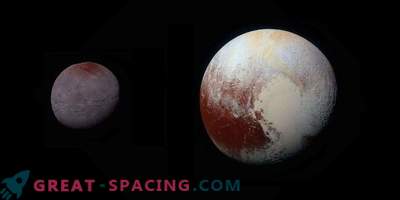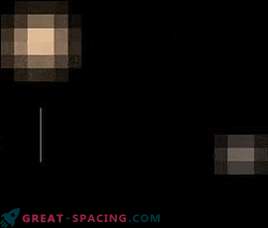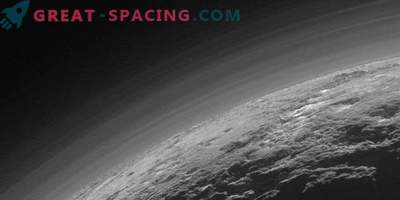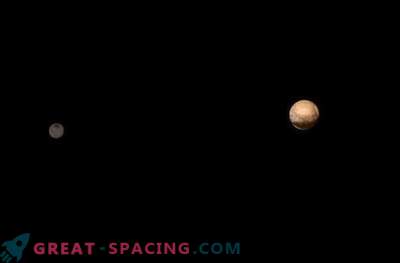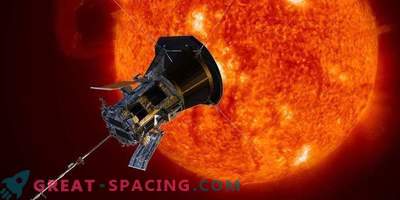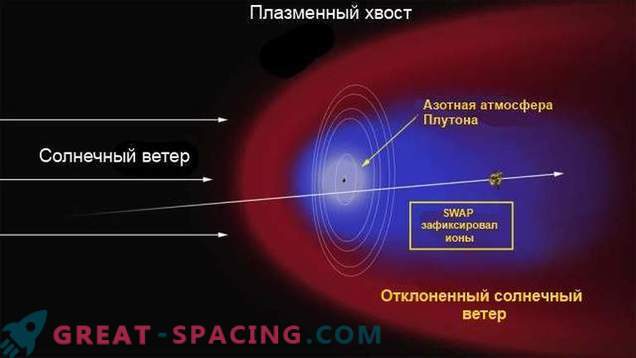
New Horizons discovered a region of cold, dense ionized gases at a distance of tens of thousands of miles behind the orbit of Pluto - the planet’s atmosphere was thrown by the solar wind far into space. For an hour and a half after the closest approach, in the Solar Wind Around Pluto zone (Solar Wind Around Pluto-SWAP), the ship’s sensors observed an unusual cavity in it — the outflow of electrically charged particles from the Sun — between 48,000 miles (77,000 km) and 68,000 miles (109,000 km) below Pluto. SWAP analysis of this area showed that the cavity is filled with nitrogen ions, forming a "plasma tail" of indeterminate composition and length, passing behind the planet.
Similar plasma tails exist on Venus and Mars. In the case of Pluto, nitrogen from the atmosphere, ionized by solar ultraviolet light, was "picked up" by the solar wind, and thrown out of the dwarf planet to form a plasma tail, discovered by New Horizons. To the closest approach, nitrogen ions were detected far upstream of Pluto by a special particle energy spectrometer (PEPSSI), providing anticipation of the evaporating atmosphere of Pluto. The formation of the plasma tail is one of the fundamental aspects of the interaction of the solar wind with the atmosphere of Pluto, the nature of which is determined by several, still poorly studied, factors. Of these, perhaps the most important is the rate of loss of the atmosphere. “This is just a first look at Pluton’s surrounding plasma,” said co-researcher Fran Baganal, of the University of Colorado, Boulder, who in the New Horizons team is responsible for particles and plasma. "We will get more data in August that we can combine with the atmospheric measurements of Alice and Rex and calculate the speed with which Pluto loses its atmosphere. After we do this, we will be able to answer the remaining questions regarding the evolution of the atmosphere and the surface of the dwarf planet, and determine the extent to which the solar wind interacts with it. "


